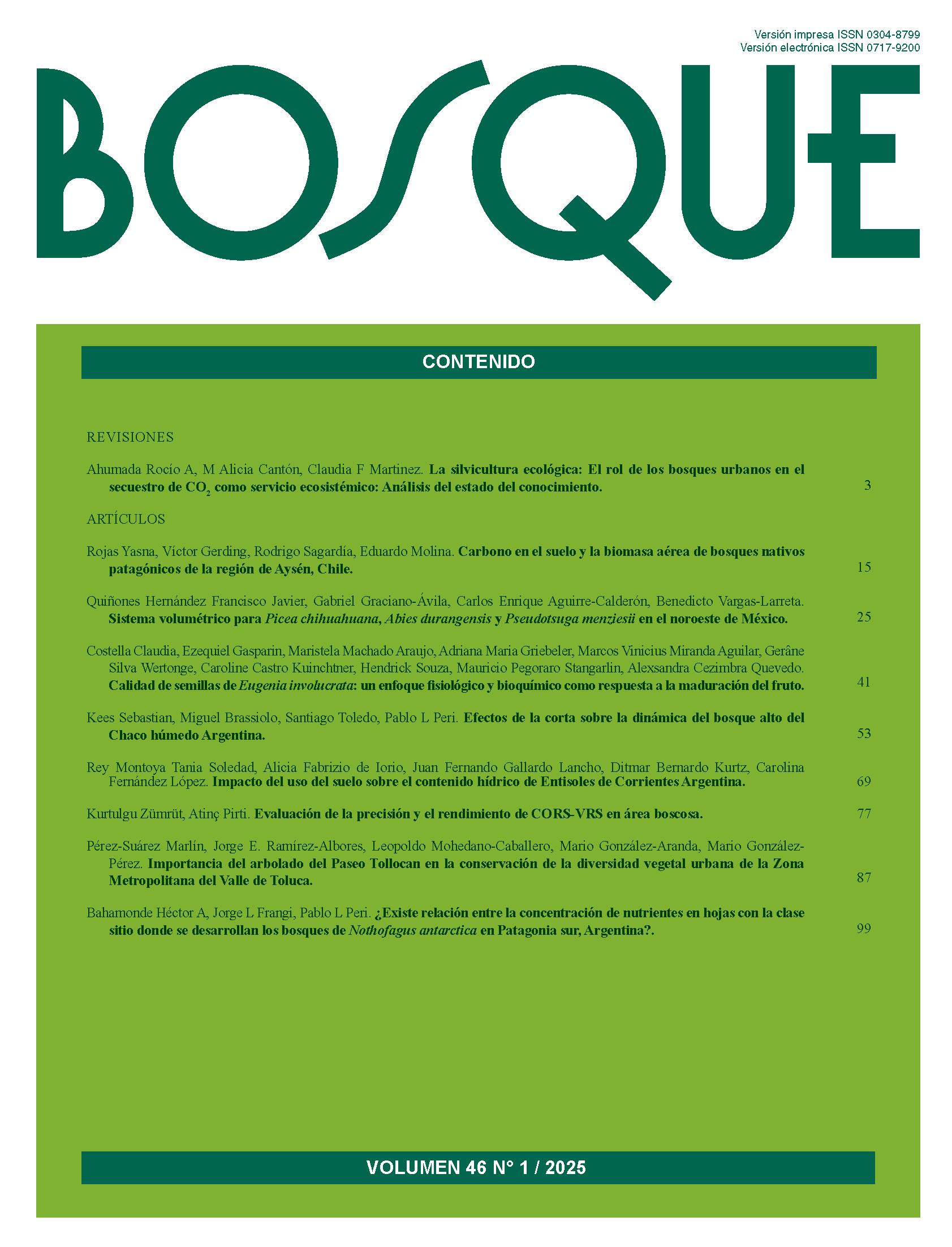Importance of the trees on Paseo Tollocan in the conservation of urban plant diversity in the Metropolitan Zone of the Toluca Valley
Main Article Content
Abstract
Understanding the diversity and structure of green areas is essential for recognizing the multiple environmental and social benefits they provide, which are essential for the sustainability of urban areas and their adaptation to the impacts of climate change. This study aimed to evaluate the diversity and structure of trees present in the central corridor of Paseo Tollocan, located in the Metropolitan Area of the Toluca Valley, Mexico. A census of the trees in the central ridge was conducted to measure the total height and diameter at breast height. Abundance, dominance, and frequency were calculated along with family value (FVI) and importance value index (IVI). Additionally, diversity was evaluated using the Margalef and Shannon indices. In total, 7,723 individuals were recorded, representing 14 families and 41 species. The most abundant species were Salix babylonica (2,66) and Cupressus lusitanica (2,86). The Margalef index presented a value of 4,47 and the Shannon index 1,97, indicating high diversity. The tree density was 196,4 trees/ha-1, with an average height of 8,3 m and an average diameter of 2,9 m. Salix babylonica and Cupressus lusitanica had the highest IVIs at 14.7% and 13.5%, respectively. The Paseo Tollocan corridor plays an important role in the conservation of tree diversity, and serves as a refuge for native tree biodiversity. This contributes not only to climate change but also to the adaptation of cities to current environmental changes and to the promotion of resilience and sustainability.


 https://orcid.org/0000-0001-9996-4771
https://orcid.org/0000-0001-9996-4771